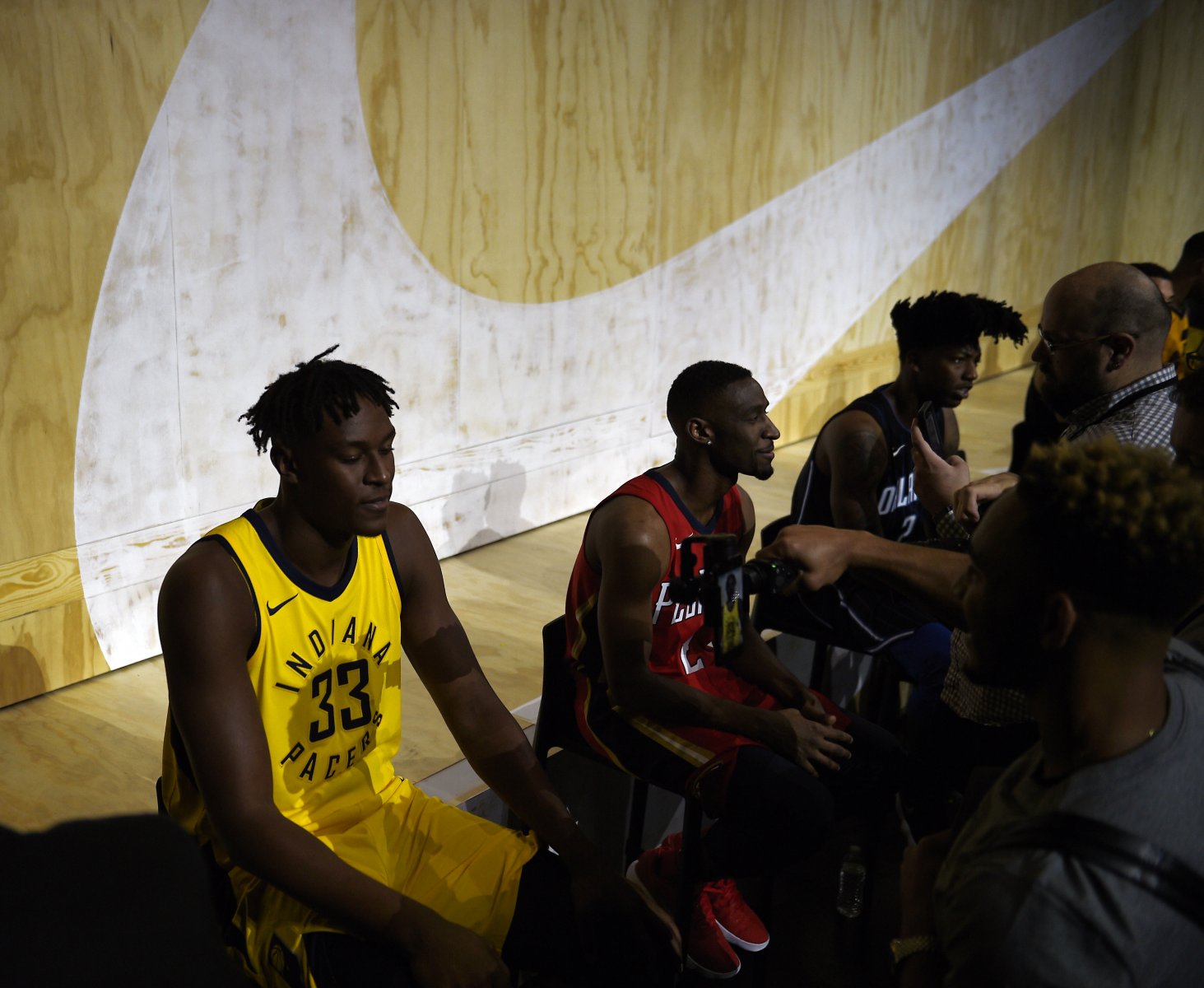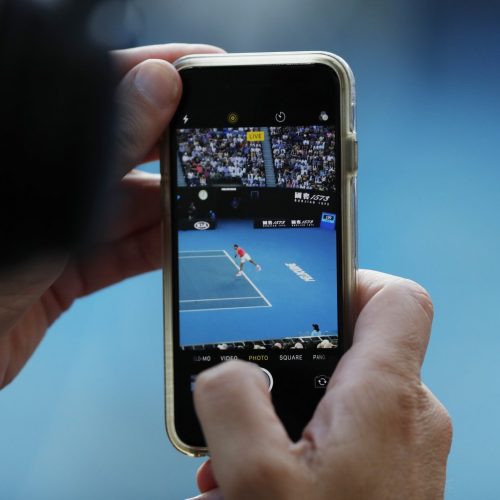Nike’s experimentation could help take AR to the next level
This week, Engadget reported on Nike’s launch of an augmented reality (AR) programme which rolled out recently in order to give customers a novel way of buying new products.
One of the issues they say that Nike have faced in the past when launching a new pair of shoes was the fact that launching them physically could lead to a rush on the store, and some possibly unsavoury scenes among the assembled aficionados.
In order to counteract this, Nike have taken to launching new models online instead, but even this has been overtaken by bots used by resellers in order to get in there first, denying customers the opportunity to buy them. Humans would need to be able to enter their credit card details in a matter of seconds to outdo bots, reducing the number left for human users to compete over.
But as the sportswear giant launches its new AR version of their trainer launch in the US, some think that a happy unintended consequence of the tech could be to stop bots from rigging the launch.
Using the Nike iOS app SNKRS – not available on Android – users can hunt for the new models around town by superimposing the object onto the app so that users have to physically point their phone at a sign of some kind in order to grab the chance to catch their shoe of choice, rather like Pokemon Go.
It’s been well over a year since the Pokemon craze hit, and since then we seem to be still finding a proper use for AR in everyday life. It’s not just about creating something novel, or even a game that’s unlike the others, it’s also about creating something that has value to brands, companies, teams and, above all, normal people’s lives. And so far that seems to have been hard to find.
But that doesn’t always have to be the end goal of the production. Indeed what this shows nicely is that unintended consequences are always a possible outcome. Not everything has to be planned and executed to perfection with only the polished end goal to aim for. Sometimes, certainly with new tech like AR, innovating for innovation’s sake can be of vital importance to the whole landscape. It’s why, when something new comes out, even if it seems like a gimmick, it should be studied to see if there’s anything new to learn from it.
Recently, when Instagram launched a poll feature in Stories, there were numerous attempts over the first week to see how it could be useful for sports teams, leagues and brands. And after a few tries, it was Bayern Munich who were able to use them to provide real-time engagement with their fans on a matchday, something which was especially immersive for fans who weren’t lucky enough to be at the game – and these days, Bayern have a lot of worldwide fans.
The lesson, then, is to try. With new crazes, it’s hard to separate the wheat from the chaff, but learning from mistakes and the innovations of others is vital for the benefit of everyone because it helps us all understand what the tech can do and how users interact with it. In this case, Nike have shown that AR truly does bring some of the benefits of digital to an analogue world and they’ve helped show how it may well be able to pull us back from some of the excesses that occur when we’ve manipulated the status quo of the internet for too long.
About author
You might also like
The seven essentials for achieving successful sports branding
By Daniela McVicker When it comes to sports, great branding is a must. Your brand influences how people see your company or team. It helps you to forge connections with
Live Chat: A New Social Experience in Sports
Article written by John S. Kim, CEO and co-founder of global API company SendBird Social media rose to prominence throughout the world due to its potential for connection. Social channels provided the
Snack Media’s Football Content Campaign’s Review: February
By Mike Constanti This series, in partnership with Snack Media, will look at the best football campaigns from advertising to social media on a monthly basis, as Digital Sport evaluates how









